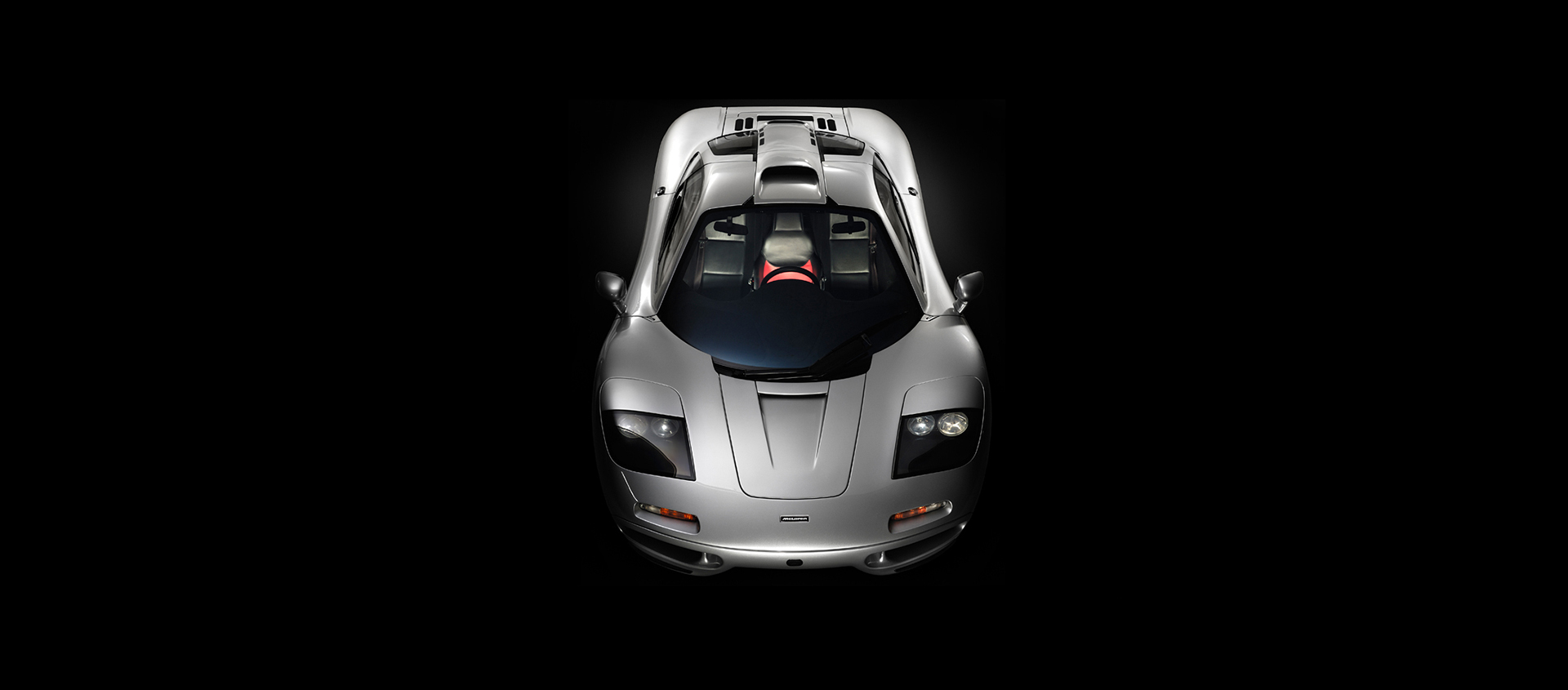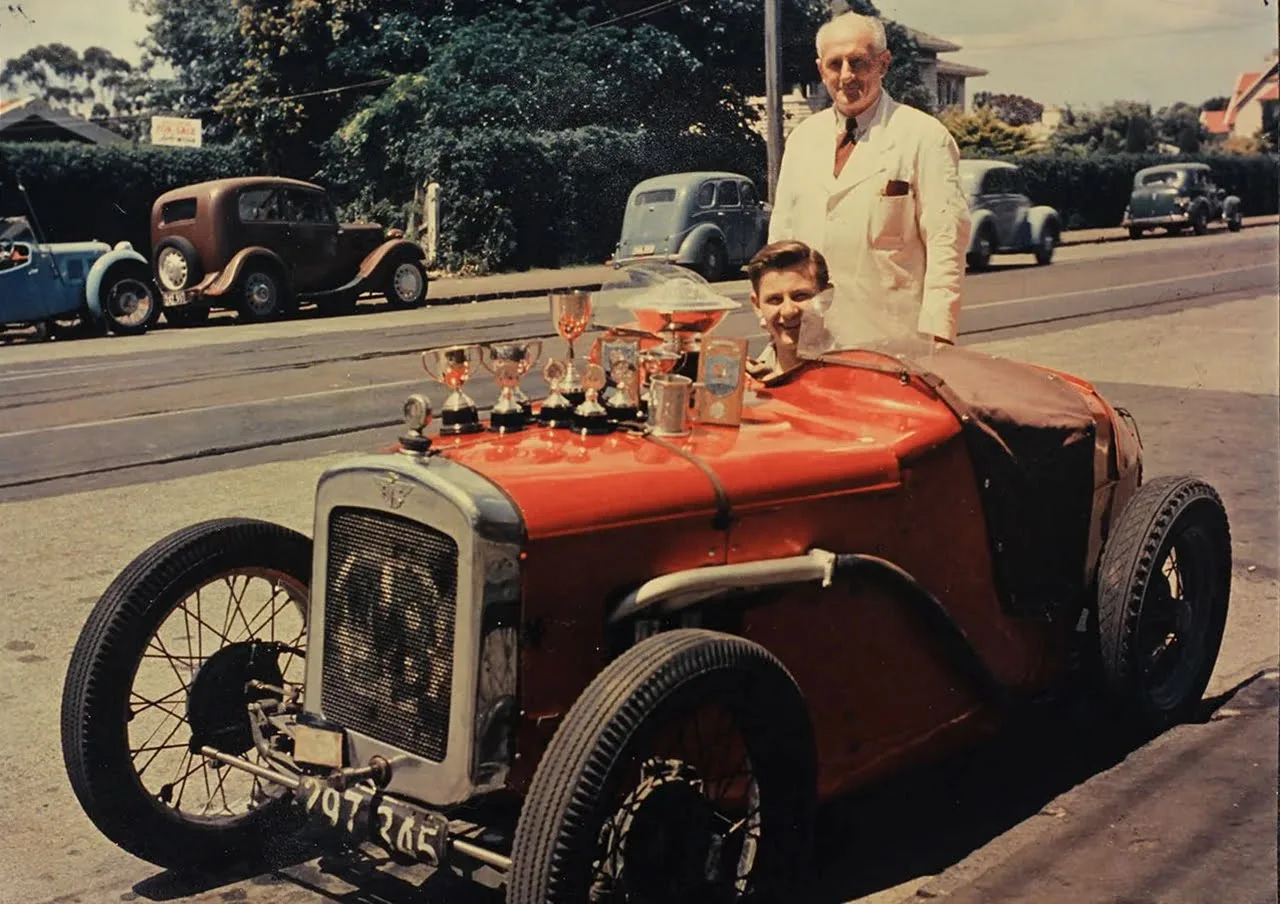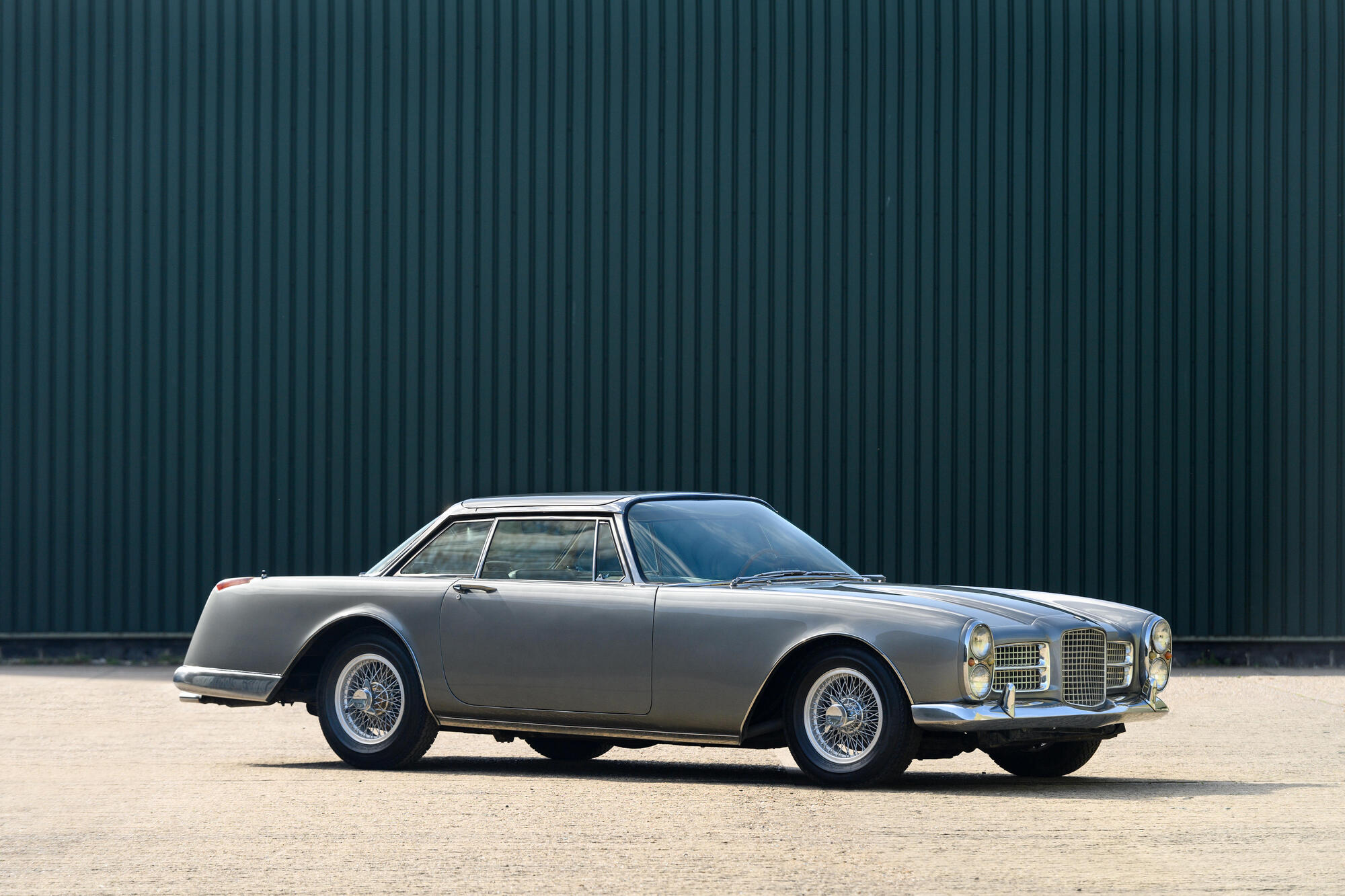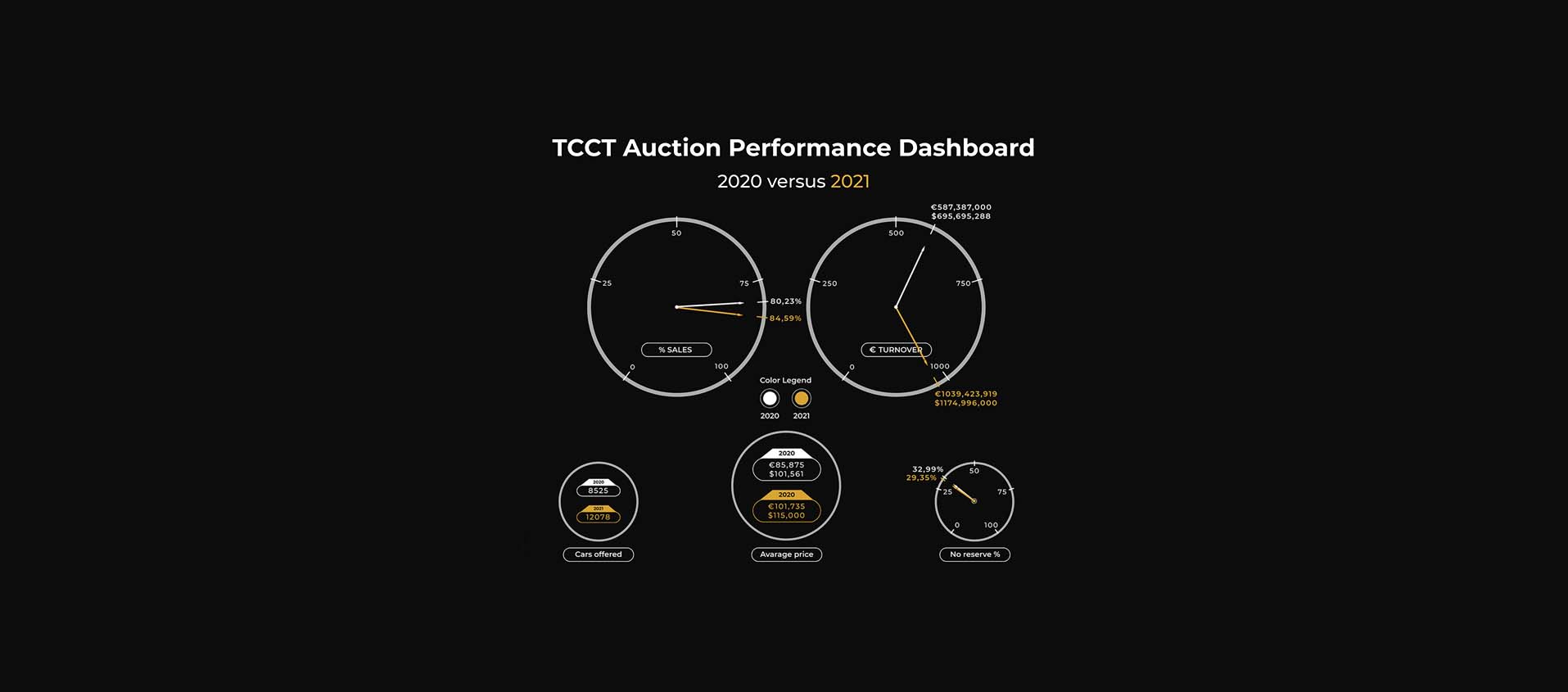1992 McLaren F1
18 March 2020 2 min read 3 images

Bruce McLaren, in the months leading up to his death on the Goodwood circuit in June 1970 onboard an M8D Can-Am, cherished the dream of producing a road car that could participate and win in the 24 Hours of Le Mans. After the sudden death of its founder, the company from Woking was forced to halt the project, which ended up being postponed for twenty years. In March 1990, in the midst of their almost complete domination of Formula 1 with Prost and Senna, a working group was created led by Gordon Murray and the designer Peter Stevens, from which McLaren F1 was to emerge two years later.
Register to unlock this article
Signing up is free and gives you access to hundreds of articles and additional benefits. See what’s included in your free membership. See what's included in your free membership.
Already have an account? Log In



